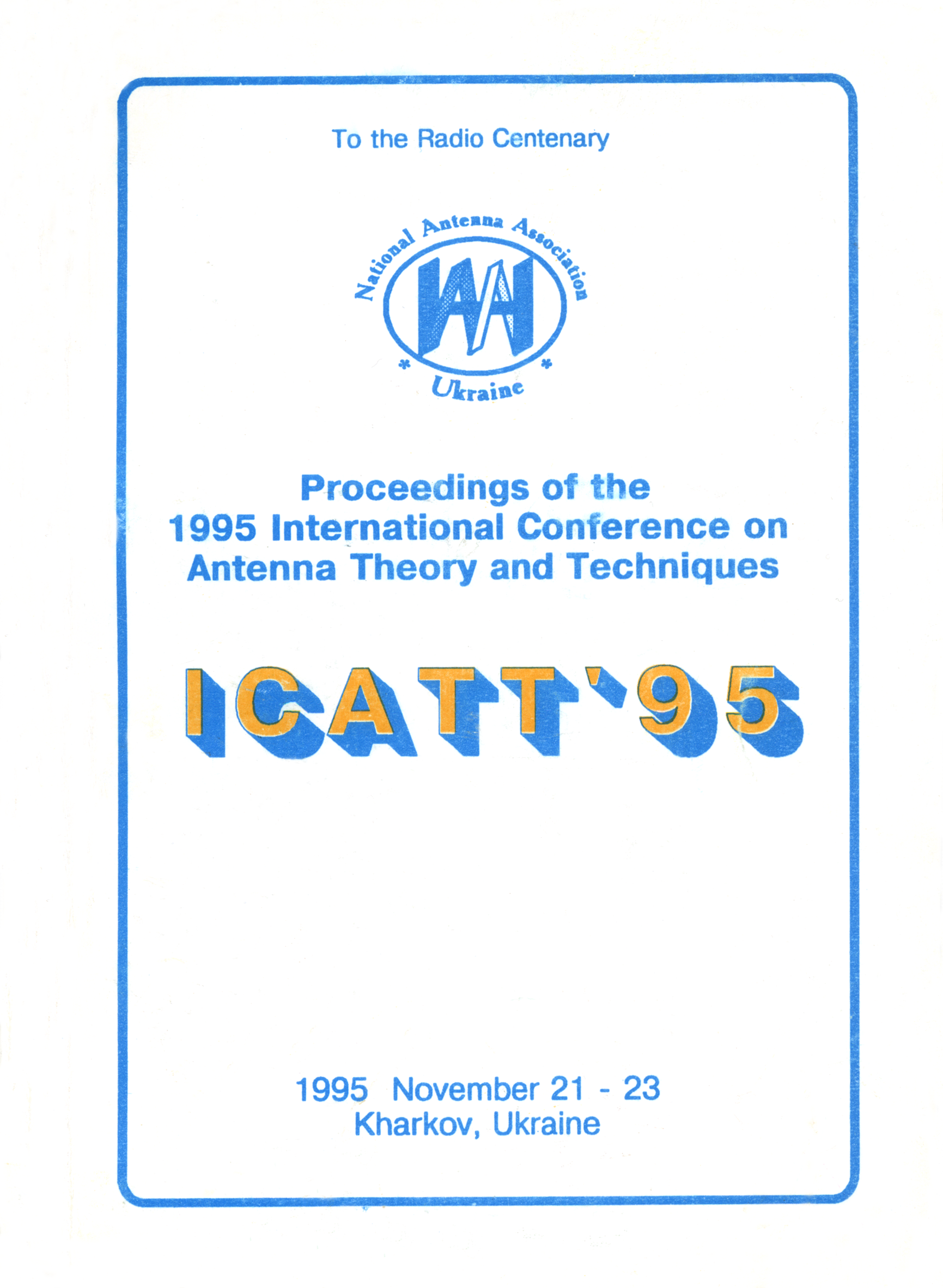Statistical irregularity influence on the 'antenna-radome' system
DOI:
https://doi.org/10.1109/ICATT.1995.1234109Abstract
By virtue of numerous factors that influence on precipitation accumulation at the radome, layer shape of hydroformation, its density and physical state, it is difficult to determine correctly the effects caused by irregularities that have a random character.
To estimate these effects, it is necessary to define the radiation characteristics of the antenna sheltered by a non-uniform radome. The problem of determining these characteristics is solved by the method of synthesized aperture, and is divided into two ones: internal and external. To solve the internal problem, the transmission coefficients for each beam are derived and multiplied by the amplitude-phase distribution of the unsheltered antenna. The external problem is solved by a known method.
The ice formation has the basic influence on radome radiofrequency characteristics. This influence is estimated by the method of statistical tests (Monte Carlo’s method), which enables one to simulate any process effected by random factors. The method essence consists in statistical simulation of an ice layer formed at the radome surface, system parameters calculation and their followed-on statistical processing. The results show that the presence of the 3-12 mm thick ice at the 25% of the total surface distorts the radiation pattern in such a way that its half-power width changes by 25-30%, and sidelobe level by approximately 8 dB.
